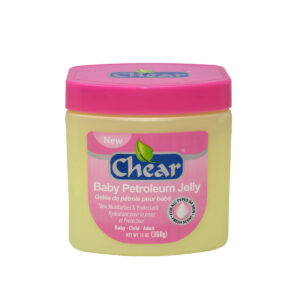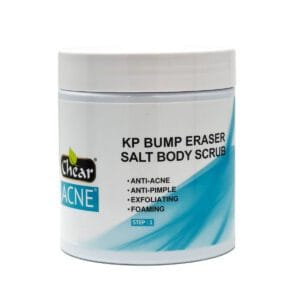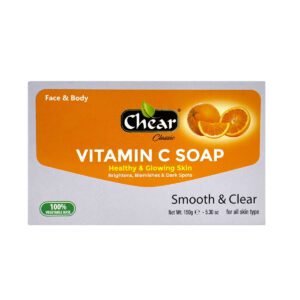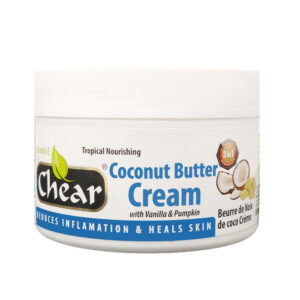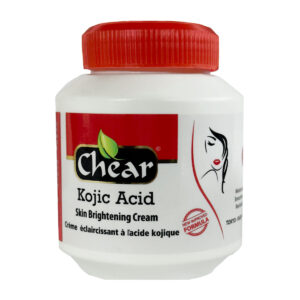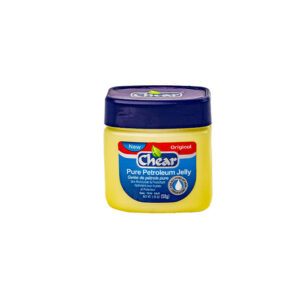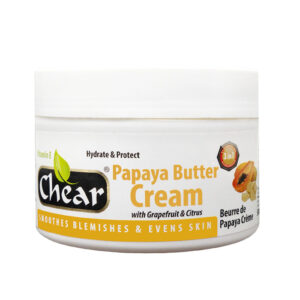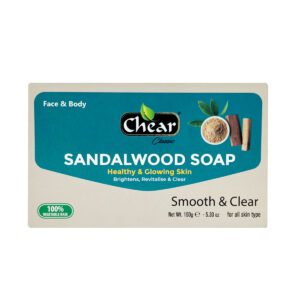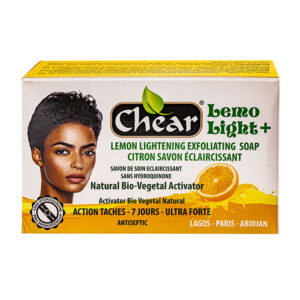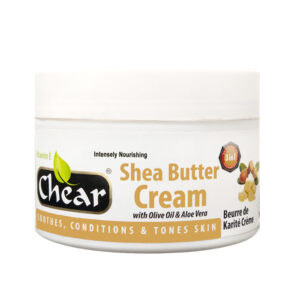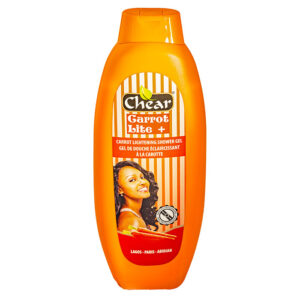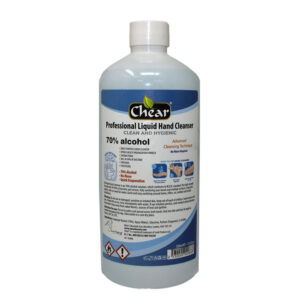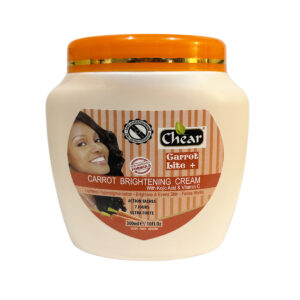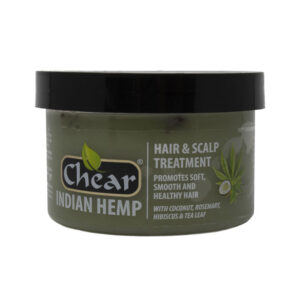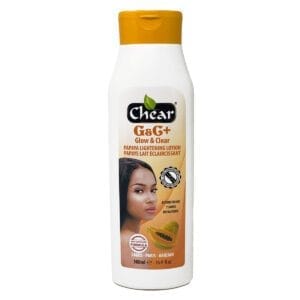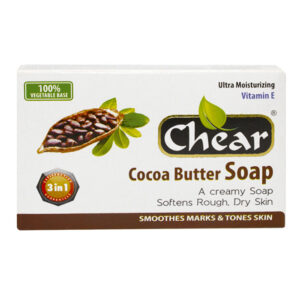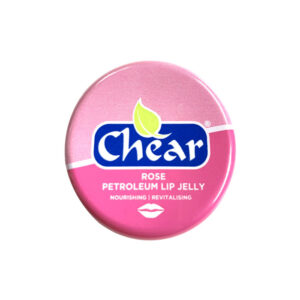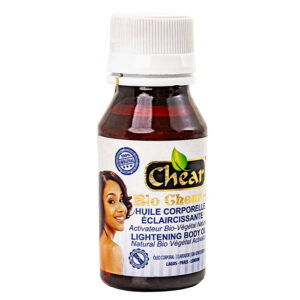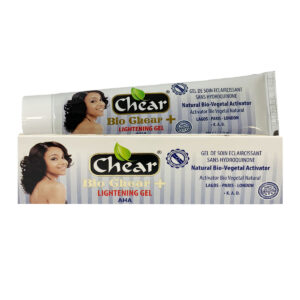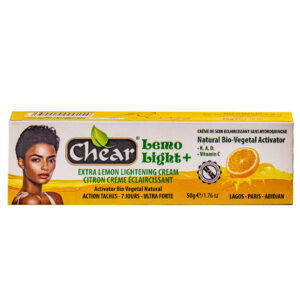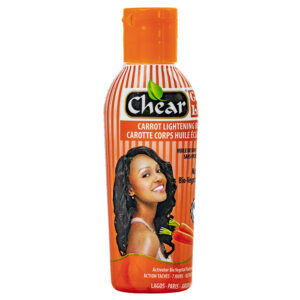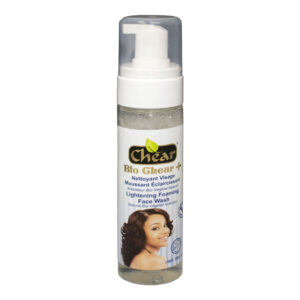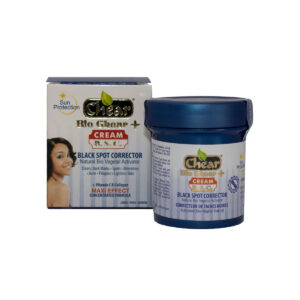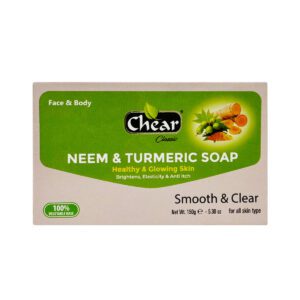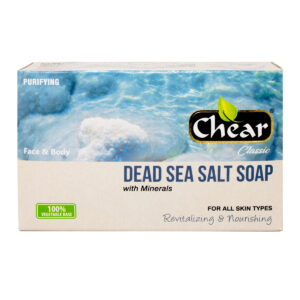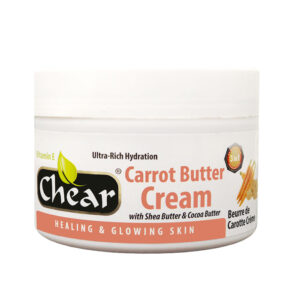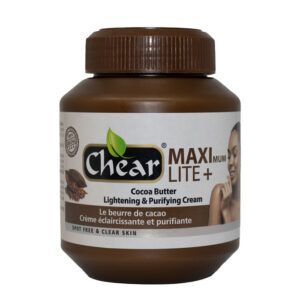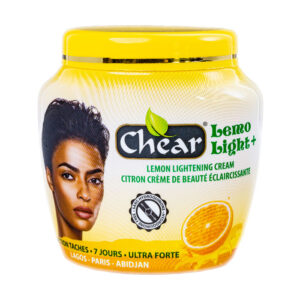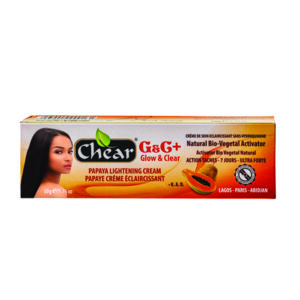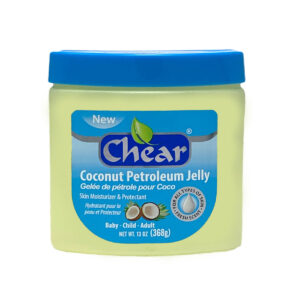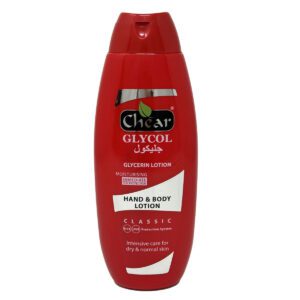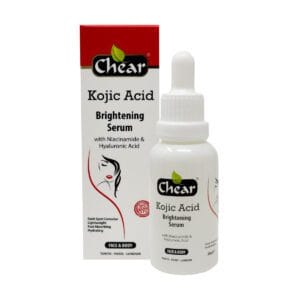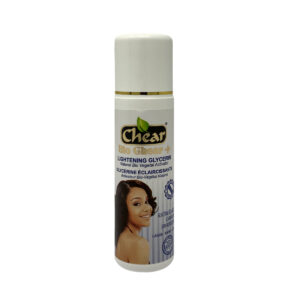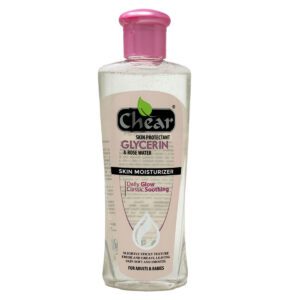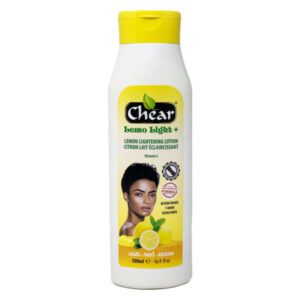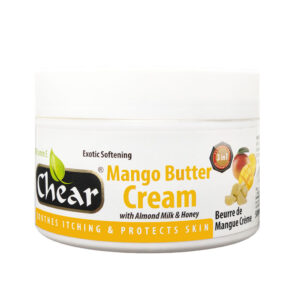- Home
- Beauty Tips
- Walnut Extract - Skin Exfoliation Benefits
Unlock Radiant Skin: Walnut Extract - Skin Exfoliation Benefits
Discover the transformative benefits of walnut extract skin exfoliation. Learn how it gently removes dead cells, boosts glow, and enhances absorption, pros, cons, and our top pick.
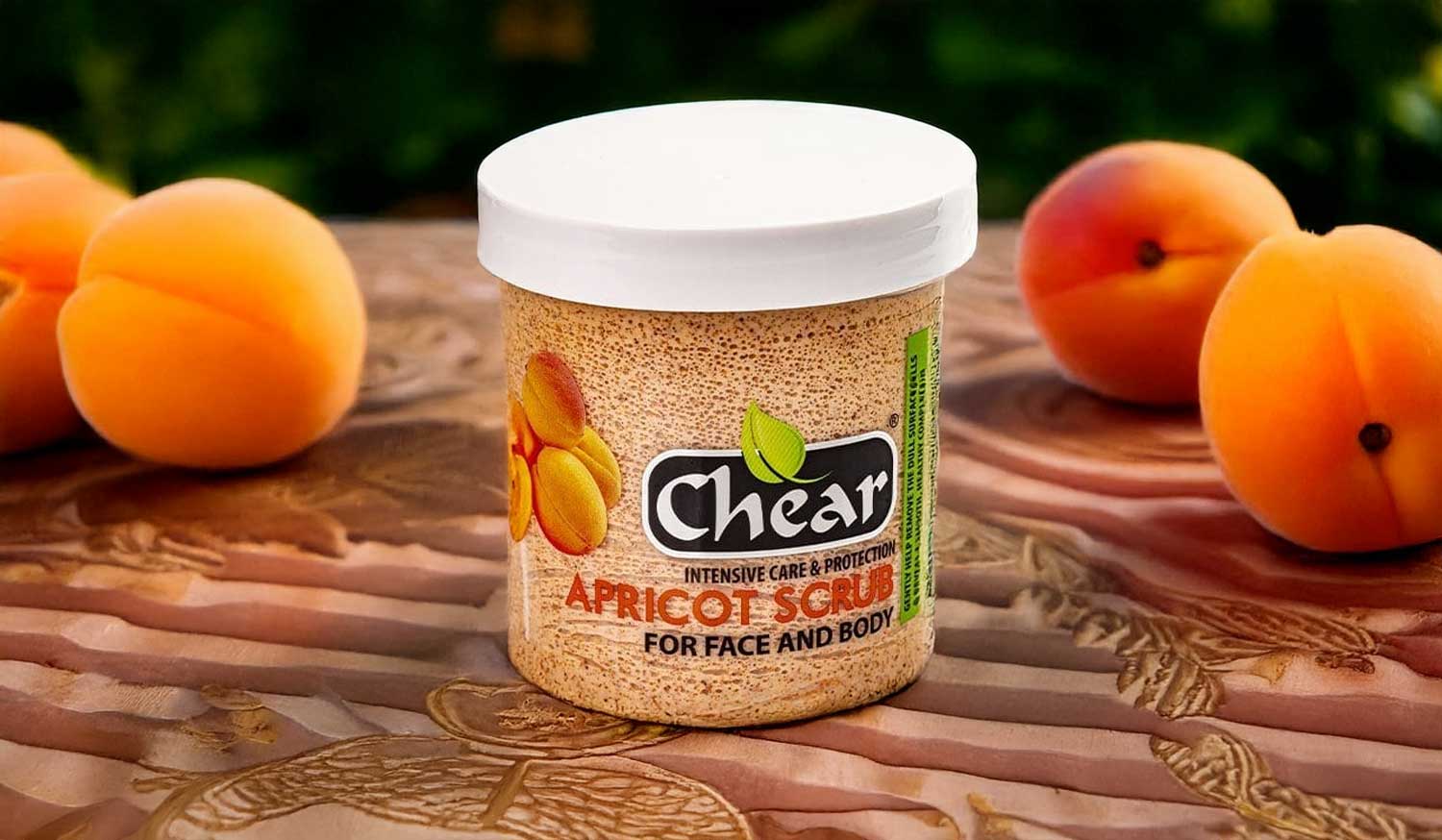
In the ever-evolving world of skincare, where trends come and go like seasonal blooms, one timeless practice stands out for its simplicity and efficacy: exfoliation. However, not just any exfoliation; walnut extract skin exfoliation offers a natural and gentle approach that’s backed by science and rooted in tradition. Imagine sloughing away the dull, dead layers that weigh down your complexion, revealing a smoother, brighter canvas underneath. That’s the promise of walnut-derived exfoliants, which harness the power of finely ground walnut shells to mimic nature’s own buffing tool.
As someone who has spent years exploring skincare formulations, both in laboratories and through real-world testing, I’ve seen how the right exfoliant can elevate a basic routine into something truly luminous. Walnut extract, often in the form of shell powder, isn’t a harsh abrasive like synthetic beads; it’s a biodegradable powerhouse that polishes without punishing. In this post, we’ll explore how walnut extract skin exfoliation works at a cellular level, unpack the benefits that make it a must-try, and address the drawbacks of over-exfoliation to keep your skin thriving, not surviving.
Moreover, we’ll spotlight a standout product that embodies these benefits: the Chear Apricot Scrub for Face & Body. Drawing on dermatological research and expert insights, this guide serves as your roadmap to smarter exfoliation. Whether you’re battling winter dryness or summer oiliness, understanding walnut extract skin exfoliation could be the key to unlocking that enviable glow. Let’s dive in.
The Science Behind Walnut Extract Skin Exfoliation: How It Gently Renews
At its core, exfoliation is about renewal, shedding the old to make way for the new. But how exactly does walnut extract skin exfoliation achieve this? Unlike chemical exfoliants, which dissolve bonds between cells using acids like AHAs or BHAs, walnut extract relies on physical exfoliation. Finely milled walnut shell powder acts as a micro-abrasive, manually dislodging dead skin cells from the stratum corneum, the outermost layer of your epidermis.
This process, known as desquamation acceleration, speeds up the skin’s natural turnover cycle, which typically renews every 28 days but slows with age, pollution, or stress. Walnut shells, derived from Juglans regia, are rich in natural oils and antioxidants, such as polyphenols, which not only buff but also soothe as they work. The irregular, rounded edges of the powder provide gentle friction, akin to a soft-bristled brush for your face, removing buildup without the micro-tears associated with sharper particles.
Research from cosmetic formulation studies highlights the efficacy of walnut shell powder. A 2024 evaluation of herbal scrubs found that walnut-based formulas improved skin smoothness by 25% after just two uses, thanks to their ability to unclog pores and enhance lipid barrier function. Additionally, the powder’s absorbent properties draw out excess sebum, making it ideal for oily or combination skin types. For those with sensitive skin, the key is granularity: finer powders (under 200 mesh) minimise irritation while maximising results.
Transitioning from science to practice, consider the synergy with other ingredients. In products like scrubs, walnut extract pairs beautifully with emollients such as almond oil, which replenishes moisture lost during exfoliation. This duo prevents the tightness that can follow aggressive scrubs, ensuring your skin feels nourished, not stripped. Over time, consistent use promotes collagen synthesis by stimulating fibroblasts in the dermis, leading to firmer, more resilient skin.
But why walnut specifically? Historically, walnut shells have been used in Ayurvedic and Mediterranean traditions for their detoxifying qualities.
Modern studies support this finding: a review in the Journal of Cosmetic Dermatology noted that natural exfoliants, such as walnut, reduce acne lesions by 18% over four weeks, outperforming some synthetic alternatives in terms of tolerability. In essence, walnut extract-based skin exfoliation isn’t just effective; it’s a sustainable choice, biodegradable, and free from microplastic concerns that plague many commercial scrubs.
The Pros of Exfoliating with Walnut Extract: A Glow-Up Backed by Benefits
Now that we’ve unpacked the mechanics, let’s celebrate the upsides. Exfoliating with walnut extract isn’t a luxury; it’s a skincare essential with tangible, research-supported perks. First and foremost, it enhances product absorption. By clearing the debris that blocks your serums and moisturisers, walnut extract ensures that active ingredients penetrate deeper, up to 30% more effectively, according to a study on epidermal barrier function. Imagine your hyaluronic acid finally quenching those parched layers instead of sitting on the surface.
Furthermore, the pros extend to texture transformation, regular exfoliation smooths rough patches, minimising the appearance of fine lines and reducing the visibility of enlarged pores. A Harvard Health review emphasises how this process restores “skin glow” by promoting even cell turnover, reducing the dullness that plagues 70% of adults over 30. For acne-prone individuals, walnut oil’s oil-absorbing prowess is a game-changer; it prevents blackheads and whiteheads by keeping follicles clear, with clinical trials showing a 22% reduction in comedones after bi-weekly use.
Beyond the basics, walnut extract skin exfoliation helps brighten and even out the tone. The antioxidants in walnuts help combat free radicals caused by UV exposure, which can fade hyperpigmentation over time. Oregon State University’s skincare blog cites research showing that exfoliated skin exhibited a 15% improvement in luminosity after one month, thanks to enhanced circulation and melanin dispersal. Additionally, it prepares for hair removal, resulting in smoother legs post-wax. Yes, please, and even aids in anti-ageing by jumpstarting collagen, as evidenced by a PMC study on peeling agents.
From a holistic angle, the ritual itself is therapeutic. Massaging with a walnut-infused scrub encourages mindfulness, reducing stress hormones that exacerbate skin issues, such as eczema flares. Environmentally, choosing walnut over plastic microbeads aligns with eco-conscious living; it’s a win for your skin and the planet. In short, the pros paint a picture of healthier, happier skin—vibrant, resilient, and ready to shine.
The Cons of Over-Exfoliating: Navigating the Fine Line for Healthy Skin
Of course, balance is key in skincare, and walnut extract skin exfoliation is no exception. While the benefits are compelling, over-exfoliating can tip the scales toward trouble. What does “over” look like? Typically, it involves scrubbing more than twice a week or using too much pressure, which can lead to a compromised barrier.
Primarily, the biggest con is irritation. Harsh or frequent exfoliation strips the skin of its natural oils, causing redness, burning, and peeling, symptoms reported in 40% of over-exfoliators, according to Healthline’s analysis. For sensitive skin, walnut’s texture, though gentler than some, can still micro-abrade if overused, exacerbating conditions like rosacea or dermatitis. A PMC study on alpha-hydroxy acids (often paired with physical scrubs) warns of heightened UV sensitivity after exfoliation, increasing the risk of sunburn by up to 50% if sunscreen is skipped.
Moreover, over-exfoliation disrupts the microbiome, inviting breakouts. Instead of clearer pores, you may see inflammation-fueled pimples or uneven tone due to hyperpigmentation, as noted in Invigorate Spa’s insights on chronic barrier damage. Dryness follows suit; the skin’s lipid mantle erodes, leading to flakiness that ironically worsens texture and accelerates the appearance of ageing signs, such as wrinkles.
From a practical standpoint, the cons amplify with skin type mismatches. Oily skin may tolerate more, but dry or mature complexions suffer more quickly. The American Academy of Dermatology advises pausing if you notice tightness after scrubbing, as it signals a barrier breach. However, these pitfalls are preventable: start slow, listen to your skin, and always follow with hydration. By respecting limits, you reap rewards without regrets.
Spotlight on Chear Apricot Scrub: Your Gateway to Balanced Walnut Extract Exfoliation
When it comes to putting walnut extract skin exfoliation into action, few products nail the balance like Chear Apricot Scrub for Face & Body. This gem from Chear Beauty combines the exfoliating power of walnuts with apricot extracts and almond oil for a multi-tasking marvel. Priced accessibly, it’s vegan-friendly and suitable for all skin types, making it a staple in any beauty routine.
What sets it apart? The formula’s walnut component delivers that signature polish without grit overload, gently targeting dead cells and blackheads as promised. Apricot adds brightening enzymes, while almond oil locks in moisture, countering any potential dryness. Users rave about the post-scrub softness.
For application, it’s straightforward: dampen skin, massage in circular motions for 1-2 minutes, then rinse. Use 2-3 times a week to sidestep over-exfoliation concerns. Plus, its body-inclusive design extends benefits beyond the face, tackling elbow roughness or thigh bumps effortlessly.
Backed by the same principles that drive walnut’s popularity, it embodies safe and effective exfoliation. If you’re new to this, start here; your skin will thank you.
Incorporating Walnut Extract Skin Exfoliation: Step-by-Step Tips for Success
Ready to integrate? Here’s a sequential guide to make walnut extract skin exfoliation seamless. Patch-test on your inner arm for 24 hours to rule out sensitivities.
Step 1: Prep with a gentle cleanse to soften debris.
Step 2: Apply a dime-sized amount of your scrub, such as Cheer face and body scrub, to wet skin.
Step 3: Massage upward, avoiding the eye area, for 60 seconds. Pressure should feel invigorating, not abrasive.
Step 4: Rinse thoroughly and pat dry.
Step 5: Seal with a humectant-rich moisturiser and SPF during the day.
Frequency matters: beginners, once a week; professionals, two or three times a week.
For body focus, extend to shower routines: target areas like knees and heels where buildup often hides.
Troubleshoot dryness by layering oils after scrubbing. Remember, hydration from within, when you drink up, amplifies external efforts.
Beyond the Scrub: Long-Term Strategies for Sustained Skin Health
Exfoliation is powerful, but it’s part of a symphony. Complement your walnut routine with barrier-boosting habits, such as nightly creams and weekly masks. Diet plays a role, too; walnut consumption (the edible kind) echoes topical benefits via omega-3s.
Seasonally, adjust: lighter in summer, richer in winter. For ageing skin, combine with retinoids but introduce slowly.
Men’s skincare? Walnut’s no-fuss appeal fits rugged routines, refining post-shave irritation.
Sustainability tip: Choose brands like Chear that prioritise eco-sourcing. Over time, this holistic approach yields lasting luminosity.
The Verdict: Embrace Walnut Extract Skin Exfoliation for Timeless Radiance
Walnut extract skin exfoliation isn’t just a trend; it’s a science-backed ritual that polishes, protects, and rejuvenates the skin. From smoothing textures to warding off acne, the pros far outweigh the cons when done mindfully. With products like Chear Apricot Scrub, achieving this is easier than ever.
Your skin’s renewal starts today. What’s your next step, grabbing a scrub or tweaking your routine? Until next time, glow on.
Reference Domains
- Skin Chemists: Exfoliation Insights – Expert Guides on Natural Exfoliants, Like Walnut.
- Harrogate Organics: Natural Skincare Formulations – Research on vegan scrubs and skin renewal.
- Embassy of Beauty: Exfoliating Lotions and Science – In-depth on gentle exfoliation cycles.
- Organic Series: Sensitive Skin Tips – Advice on Avoiding Harsh Exfoliants.
- The Bath House: Body Scrub Benefits – Holistic views on walnut-infused products.
- Holy Lama Naturals: Exfoliating with Naturals – Eco-friendly exfoliation studies.

Chear Beauty @ Sonik Products Ltd | Company No: 3184821
Chear Beauty @ Sonik Products Ltd, Block C, Woodside End, Wembley Alperton, Middlesex HA0 1UR


